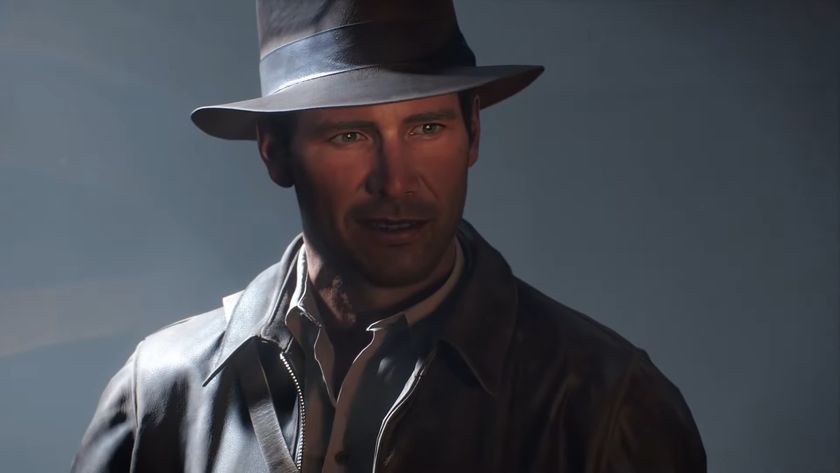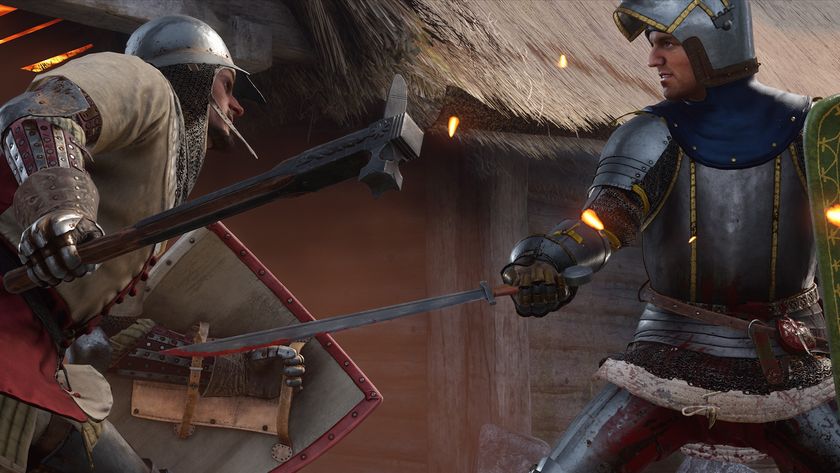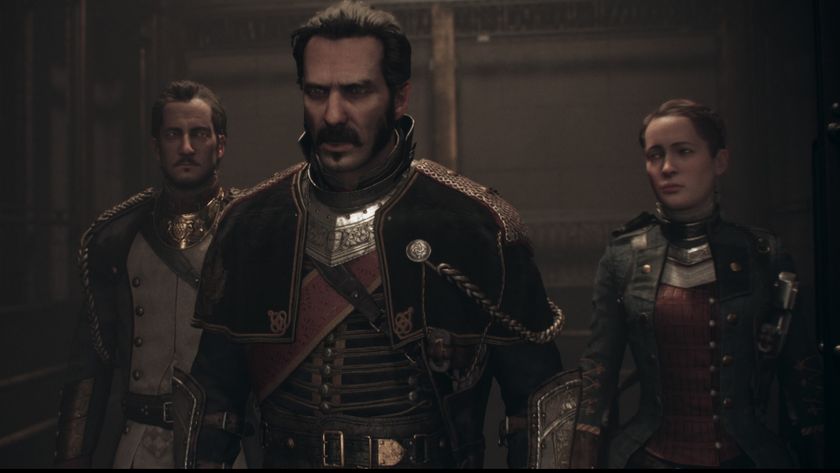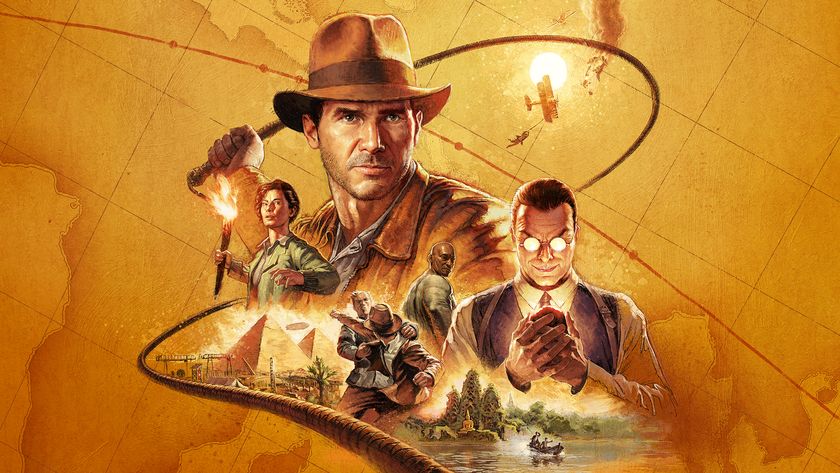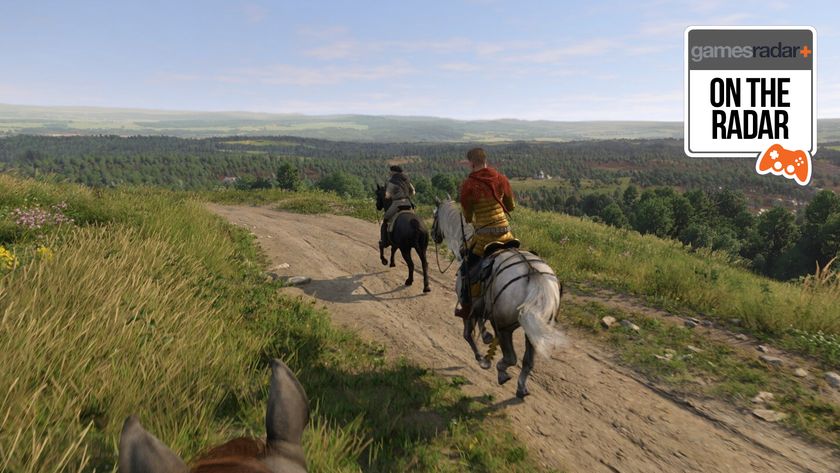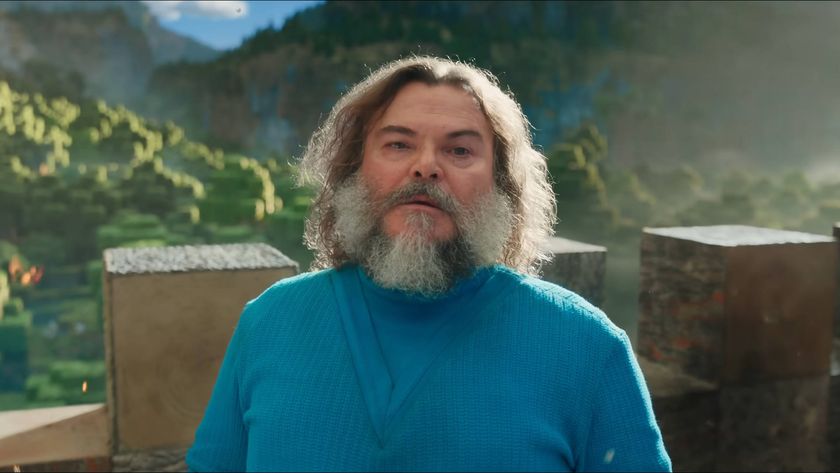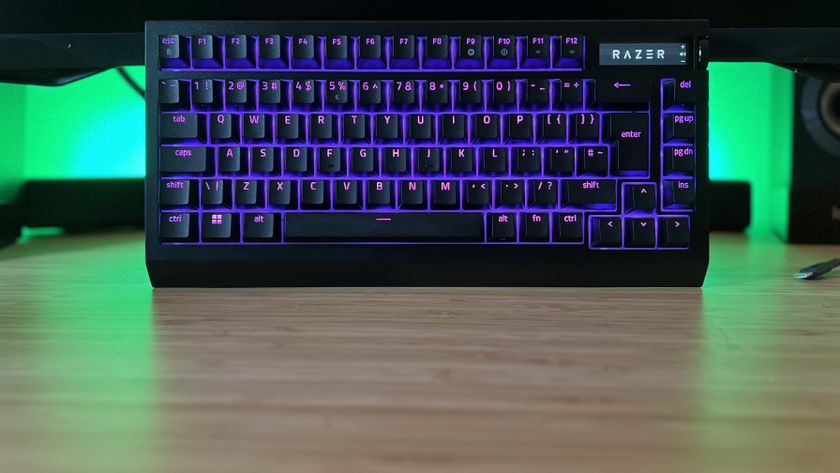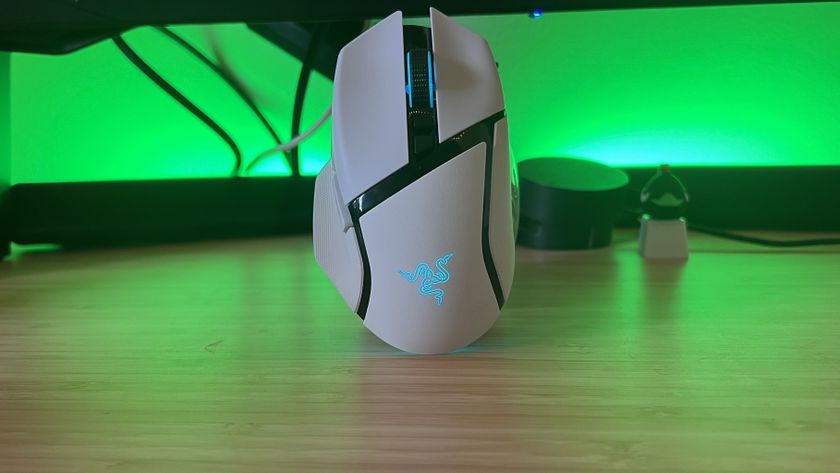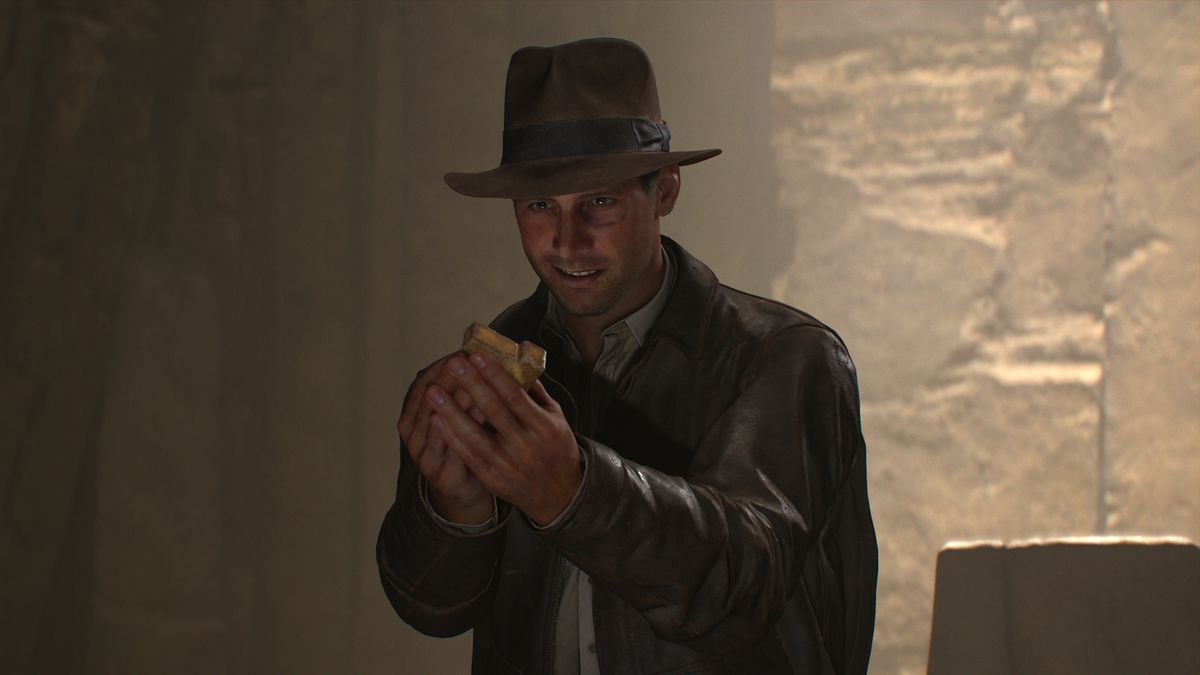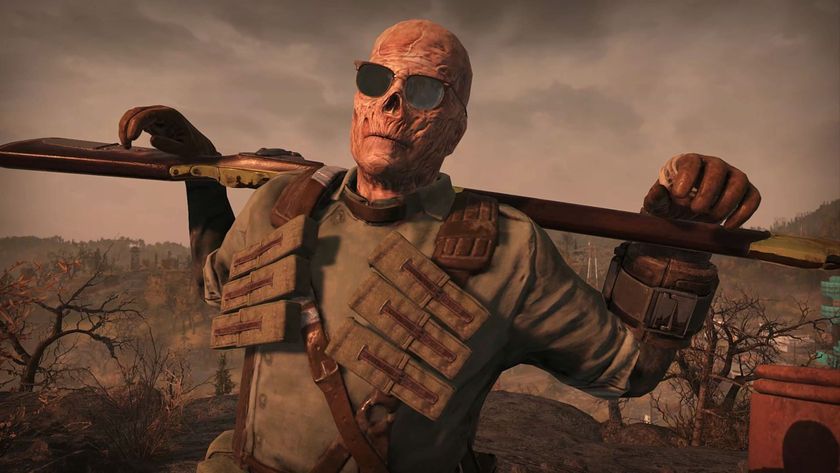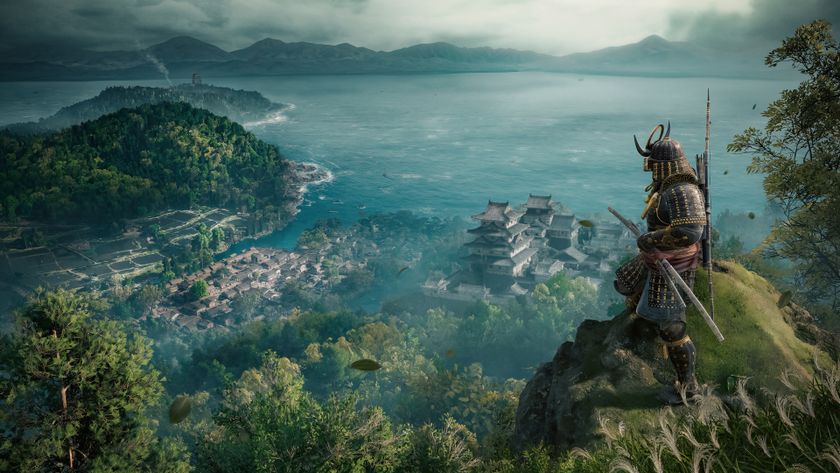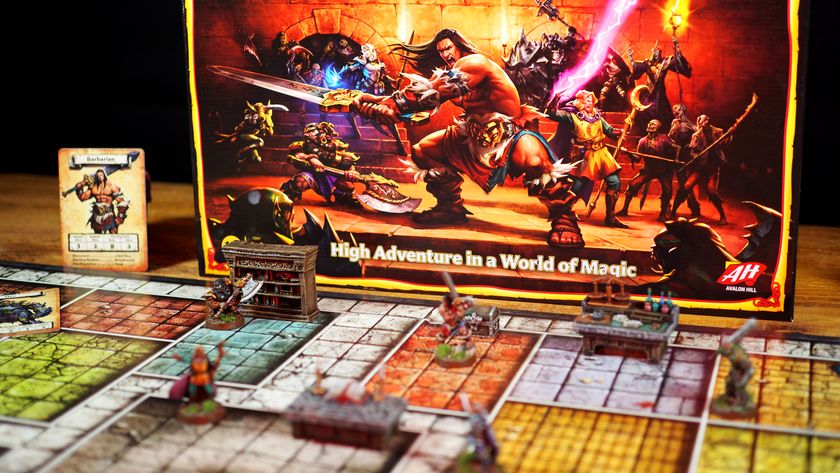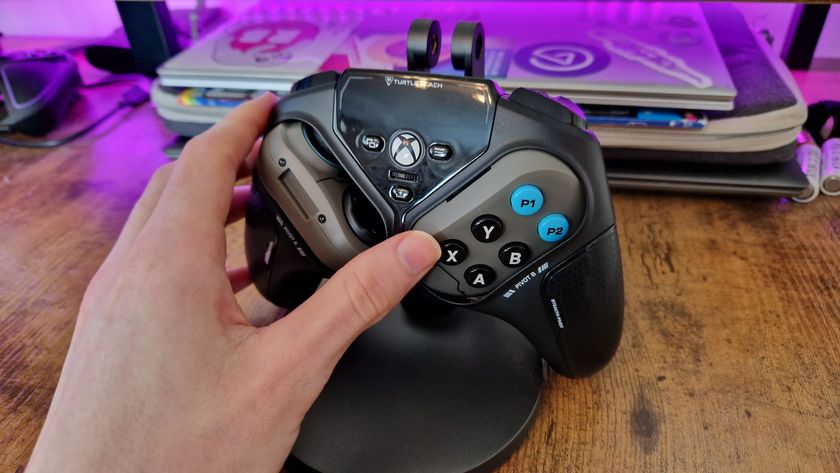12DOVE Verdict
Indiana Jones and the Great Circle is the best adventure this character has embarked on in over 30 years. Developer MachineGames has leveraged its expertise in the FPS space to deliver an immersive, authentic first-person adventure that is quite unlike anything you've played before.
Pros
- +
Captures the feel of the movies
- +
Excellent adventures and set-pieces
- +
Sprawling sandboxes that offer hours of fun
Cons
- -
First-person melee combat could be stronger
Why you can trust 12DOVE
There was only one mystery I wanted to solve coming into Indiana Jones and the Great Circle. No, it didn't have anything to do with the Nazi's misappropriation of ancient artifacts – the pursuit of which fuels a worldwide expedition into the heart of Vatican City, arid expanses of Egypt, verdant jungles of Southeast Asia, and beyond. What I needed to understand was why developer MachineGames went to all the trouble of securing the likeness rights for a young Harrison Ford only to have you staring at his forearms for hours.
Leveraging a first-person perspective as the primary point-of-interaction with such an iconic entertainment franchise was a bold creative decision. While it allows MachineGames to play on familiar ground (the studio famous for delivering two of the best first-person shooters of the modern era), it risked distancing players from an iconic silhouette. Tomb Raider and Uncharted set the model for Indiana Jones-inspired capers, after all – capturing the thrills of Raiders of the Lost Ark and The Last Crusade better than Steven Spielberg or George Lucas have managed with Indy in 30 years. So, why chance a venture into such unknown territory?
Here's what I now know, as I continue sacrificing time into the acquisition of rare antiquities for no reason beyond some inherent belief that they all belong in a museum. The ongoing adventures of Lara Croft and Nathan Drake can make you feel like Indiana Jones in their finest moments, but the Great Circle lets you become Indiana Jones throughout its runtime. It's role-play, a simulation – and a spectacular one at that.
The power of authenticity
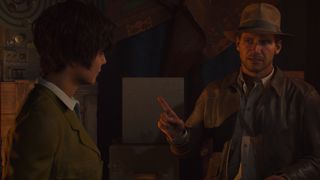
Developer: MachineGames
Publisher: Xbox Game Studios
Platform(s): PC, Xbox Series X
Release date: December 9, 2024
Picture the scene: I'm crawling around an ancient mausoleum lost to the annals of history, a flickering torch my only guide through darkness. I drop it on the ground and begin rummaging around in a satchel, changing out of a disguise which allowed me to walk Vatican City streets unimpeded and into more suitable adventuring attire – my health bar, my confidence, increasing as I physically pull a brown leather jacket around my shoulders. Stepping forward, dancing embers cast my shadow onto a wall lined with decrepit skeletons; an outline adorned by a fedora and bullwhip staring right back at me. I am Indiana Jones.
A small moment, given power by the organic way in which it materialized. But that's Indiana Jones and the Great Circle all over, an experience which works to quietly remind you of the role you're embodying when you least expect it. There was always a chance that slotting a new adventure into established canon would collapse under the weight of expectation, but MachineGames has gone to great lengths to create something which feels authentically placed in this universe – rather than appearing needlessly nostalgic towards it.
It's a confluence of different elements which allow this magic trick to flourish in front of scrutinizing eyes. An exceptional performance from Troy Baker is certainly one of them, with the actor capturing the roguish charm, vocal intonations, and physical mannerisms of Harrison Ford's original portrayal in ways that are difficult to truly comprehend. There's the soundtrack, which easily evokes the spirit of John Williams' original compositions, and an overtorqued audio design which adds pulpy emphasis to every whip, crack, and snap. And then there's the art direction and visual fidelity, among the best seen on Xbox Series X this generation.
Indiana Jones and the Great Circle may cast most of its action from first-person, but MachineGames has this way of weaving seamlessly into and out of third-person cutscenes, lending the experience this natural, cinematic edge. The studio demonstrated a penchant for fantastic storytelling and scene-setting in Wolfenstein: The New Order and its sequel, The New Colossus, and that's only been amplified here as it both captures the likeness of a younger Indiana Jones (sharper than Dial of Destiny's recent effort) and renders out a world battling the spreading Nazi regime circa 1937. It is, in a word, astonishing.
Adventure awaits
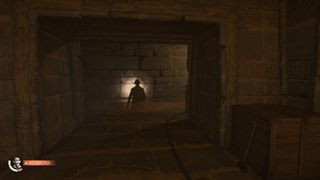
Authenticity alone doesn't make for a great licensed video game. Such an achievement requires big ideas and excellent execution, two elements which are clear and present in Indiana Jones and the Great Circle. This is best reflected in how all-encompassing its three starring locations are. The towering depths of Vatican City, a densely detailed cityscape which is complex enough in its structure that it can support multiple self-contained adventures; the vast desert of Gizeh, which smartly weaves larger-scale exploration with more linear tomb raiding; and the sumptuous Sukhothai jungle, offering moments of explosive reflection before barreling towards a thunderous, Indy-appropriate conclusion.
If you're searching for a parallel here, perhaps it's how Eidos Montreal sectioned its wider spaces in Deux Ex: Mankind Divided, or the way Arkane gave free rein to explore in its Dishonored series. Close comparisons that don't necessarily reflect MachineGames' dedication to distraction. If you take the time to ingratiate yourself with these densely-populated sandboxes, Indiana Jones and the Great Circle takes on a new dimension. The mystery of the Great Circle is forever looming, but there are plenty of mysteries to solve, collectibles to acquire, and side-stories to discover besides. I spent upwards of 10 hours uncovering all that I could in Vatican City before moving on, intermittently returning to continue hunting ancient relics and helping out acquaintances.
Indiana Jones and the Great Circle made me reevaluate why I fell in love with this franchise. There are the set-pieces, of course – the temple run in Raiders and tank chase in Last Crusade remain iconic, and this video game has no problem in capturing their spirit. But perhaps it always was the quieter moments which drew me into these adventures. The way Indy hurriedly gesticulates with his index finger as he uncovers some secret of history. How friendships and uneasy alliances are forged in the face of evil. That sense that pieces of a puzzle are being slowly, meticulously moved into place to finally reveal a grander picture. The Great Circle captures all of these aspects, and excels because of them.

There's this grounded, tactile quality to everything that you do in Indiana Jones and the Great Circle. Accessing a restricted area requires you to physically insert a key and turn it to unlatch the lock. Navigating grandiose puzzles requires physical action, getting your hands dirty as weighted objects are shifted around and object placements are altered. The journal held in hand as riddles are solved, requiring attention to be divided between environmental clues and scrawled notes on scattered pieces of paper. Unleashing your whip is but a button click away. It all speaks to this real sense that you're playing a role here, undertaking the same steps that Indiana would do were you watching him from afar rather than directly steering his actions.
If there's any area where Indiana Jones and the Great Circle falls short, it's in how it communicates where free movement is restricted – be it because of a missing item, or a beat in one of the various interweaving storylines. It's an infrequent frustration, and a surprising one given how well MachineGames is able to execute first-person exploration in open spaces teeming with Nazis and deathly hazards. Navigation routes are seamlessly communicated through natural environmental signals, traversal is light and impactful – the perspective shifting to third-person as you cling onto ledges and rope-swing across chasms, avoiding both the unwieldiness and nausea which could draw focus from Dying Light and Mirrors Edge's immersion.
Indiana Jones and the Great Circle isn't what I thought it was going to be. It's packed with wonderful set-pieces, its tomb escapes eliciting an adrenaline-rush with ease. But what kept me coming back for more is this undefinable quality – this immersion into a world I've always wanted to tumble into – which MachineGames is able to deliver all throughout the adventure with ease. Let curiosity be your guide and see what secrets you will find, that's the guiding principle to the Great Circle's underlying design. I've never played anything quite like it.
The great improviser
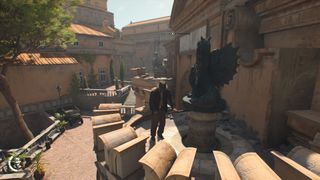

On the rare occasion that Indiana Jones and the Great Circle does provide the weapons (and ammunition) to wield firearms for any amount of time, I'm instantly reminded of why MachineGames are legends in the FPS game. It may have been seven years since the release of Wolfenstein 2: The New Colossus, but the studio demonstrates that it has lost none of its ability to deliver snappy, weighty gunfights.
Indiana Jones was never a brawler, but rather a great improviser. MachineGames channels this aspect of his character through stealth-action combat cycles. You'll spend vast amounts of time ducking and sliding around cover, leaning around corners, and clambering around the environment to avoid detection. Patrolling soldiers are cognizant enough of their surroundings to keep you on edge, but not aware enough to cause frustration. The studio's Wolfenstein games are often remembered for their willingness to let you dual-wield massive shotguns and fight Nazis on the Moon, but they are in essence stealth games until they aren't – and Indiana Jones and the Great Circle embraces a very similar model.
Only, where B.J. Blazkowicz is only too content to rip and shred his way through wave after wave of enemies once an alarm is inevitably raised, Indiana Jones takes a different approach. His precious revolver is slow to fire and purposefully unwieldy, pushing you to take advantage of any opportunity that comes your way. The whip can be used to knock guns from hands and pull foes into grapples; the environment is littered with makeshift weaponry, from pots and pans to guitars and brooms. A few strikes will put an enemy down but shatter the weapon, leaving you scrambling out of danger and back towards cover. It's slapdash, and an excellent reflection of the way Indiana stumbles his way to success
When all else fails, you can resort to hand-to-hand excursions. First-person melee combat is one of the few frontiers the video game industry is yet to truly crack, and Indiana Jones and the Great Circle is no exception. It's solid and weighty, but lacks true depth or technical ability. There was one area of the Gizeh landscape where I inadvertently found myself trapped in a corner as scores of Nazis poured on top of me, a situation I managed to slowly punch my way out of leaving the entire area clear for future expeditions as I went hunting for hidden books to enhance Indiana's abilities.
That's actually one aspect where I wish Indiana Jones and the Great Circle had stuck a little closer to the Wolfenstein method of character development. In the shooters, Blazkowicz only improves through repetitious action – leaving you with this sense that your abilities are evolving as you gain more skill and expertise over time. Indiana Jones and the Great Circle enacts a system where knowledge is gained through reading, which may be more thematically appropriate but does feel somewhat limited.

"Indiana Jones and the Great Circle shows that there's still plenty left for Lara Croft and Nathan Drake to learn about raiding tombs from the master"
Indiana Jones and the Great Circle is utterly enthralling. Small grievances don't detract from what is undoubtedly one of the best, most singular adventures that I have played in recent years – if anything, there's a clear roadmap for improvements and iteration should MachineGames follow through with a deserved sequel. I'm left with the impression that the studio took some big swings here, from the immersive first-person perspective to the complexity of its sandbox spaces, and they all connected.
It's been over a decade since the last Indiana Jones game (and longer since Lucasfilm Games peered outside of the Star Wars universe), and the Great Circle only serves to highlight what we've been missing out on for all these years. With its luxurious production values, smart pacing, strong stealth-action, and expansive structure, Indiana Jones and the Great Circle shows that there's still plenty left for Lara Croft and Nathan Drake to learn about raiding tombs from the master.
Disclaimer
Indiana Jones and the Great Circle was reviewed on Xbox Series X, with code provided by the publisher.

Josh West is the Editor-in-Chief of 12DOVE. He has over 15 years experience in online and print journalism, and holds a BA (Hons) in Journalism and Feature Writing. Prior to starting his current position, Josh has served as GR+'s Features Editor and Deputy Editor of games™ magazine, and has freelanced for numerous publications including 3D Artist, Edge magazine, iCreate, Metal Hammer, Play, Retro Gamer, and SFX. Additionally, he has appeared on the BBC and ITV to provide expert comment, written for Scholastic books, edited a book for Hachette, and worked as the Assistant Producer of the Future Games Show. In his spare time, Josh likes to play bass guitar and video games. Years ago, he was in a few movies and TV shows that you've definitely seen but will never be able to spot him in.
